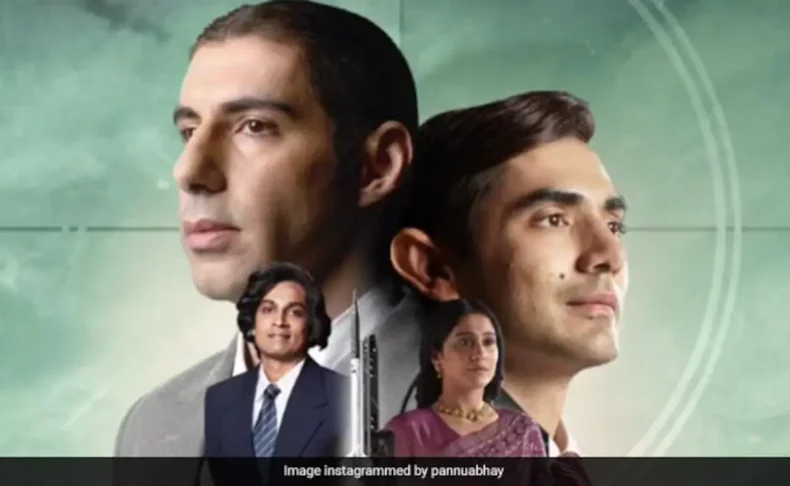Watch Rocket Boys on SonyLIV if you’re hooked or just interested in the history of independent India before Google. In eight episodes, it’s a lot of seeing around three full-length feature films’ worth of time.
Nonetheless, you will most certainly watch it nonstop, almost breathlessly. Jim Sarbh, Ishwak Singh, Regina Cassandra, Saba Azad, Dibyendu Bhattacharya, Rajit Kapoor as Nehru, and many more contribute to the excellent production acting.
If you have no idea where, how, or why India’s scientific-political complex came to be, you will watch it with wide eyes. And how did it gain a third part, military, hyphenated with it?
On the other hand, if you grew up during that period, you’d be much more interested. To witness your favorite stories come to life. It would also return to you the timeless riddles that have persisted and are haunting the fourth generation of Indians. For instance, Dr. Homi Bhabha’s death in the Air India Boeing 707 ‘Kanchenjunga’ disaster on Europe’s other great mountain, Mont Blanc. That enigma is equally susceptible to conspiracy theories as Netaji’s death/disappearance and Lal Bahadur Shastri’s untimely death in Tashkent.
Sarabhai and Bhabha. Prof. Meghnad Saha, a physicist in the tradition of C.V. Raman, Jagdish Chandra Bose, and Satyendra Nath Bose, is one of India’s best scientists. Prof. Meghnad Saha, a physicist in the tradition of C.V. Raman, Jagdish Chandra Bose, and Satyendra Nath Bose, is one of India’s best scientists. Bhabha and Sarabhai followed suit.
However, when combined with my background as a youngster of the 1960s, the time in which the mythology of the Rocket Boys comes to completion, I cannot help but see a severe and flagrant case of identity theft.
This was the heyday of Indian physics. To discover more about this, I contacted Jahnavi Phalkey, Bengaluru’s Science Gallery director and a superb chronicler and scholar of science history. She describes how intense this time was. She claims that eight of the ten Indian scientists accepted to the Royal Society during the late 1800s and 1940s were physicists.
A film script must have action, suspense, and some heroes and antagonists. It’s lovely that Nikhil Advani’s superbly produced and tautly planned OTT show selects Bhabha and Sarabhai as its heroes at the cost of most of its contemporaries. They are, at the very least, genuine. But, if the story also requires a villain, do you have to create one?
There is a type of antagonist. A Calcutta scientist, stocky and dark-complexioned, bitter and inferiorly complex, and so envious of Bhabha that he’s willing to sabotage him. He’s not a poor researcher. In 1950, he established India’s first cyclotron at the Institute of Nuclear Physics in Calcutta. In 1951, he also ran for Lok Sabha, won, and rose to become a critic of Nehru. In truth, there was a colorful character who fit most of that description. Except his name was Mehdi Raza, not Prof. Meghnad Saha.
For the most part, the ‘villain’ is a Shia who had backed the Muslim League and was ‘chastised’ by Bhabha for receiving cash from Jinnah to create his institute of nuclear technology in Calcutta. With a profound resentment towards Sunni Muslims who allegedly dragged out and killed his parents? Is one so susceptible in his inferiority mindset (in comparison to the well-connected Rocket Boys) that he may fall victim to a CIA trap designed to derail India’s nuclear program? The CIA case officer assigned to recruit him is, predictably, a journalist.
A Muslim villain has been the norm since the beginning of the Sunny Deol genre in Bollywood. In these polarised times, the show’s creators know who stinks. To begin with, Muslims and journalists. Raza is then elected to the Lok Sabha from a Communist party. So that completes the 2022 evil triangle: Muslim, Communist, and Journalist. You may still ignore it; everyone has to honor the times, and we also see numerous allusions to ‘Made in India’ and ‘Atma nirbharta.’
Edited by: Kritika
Published by: Radhika N












